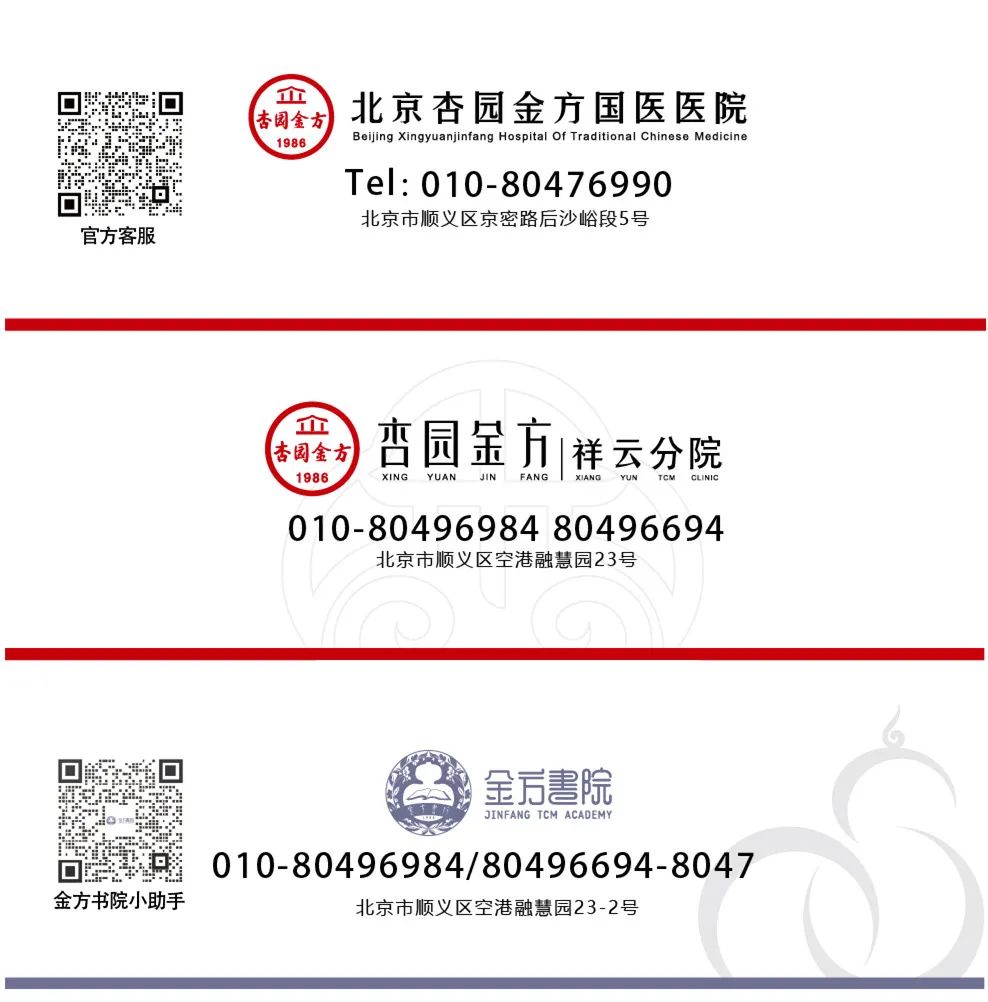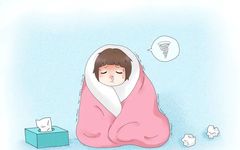
Prevention and Treatment of External Pathogenic Diseases in Children
– Five Questions and Answers –
Recently, there has been a surge in external pathogenic diseases among children
Symptoms include headaches, sore throats, coughs, and recurrent fevers
Leaving parents feeling helpless and exhausted
Dr. Zhao Jun from the Xingyuan Jinfang Pediatric Team
Has specially compiled “Five Questions and Answers on External Pathogenic Diseases in Children”
To help parents apply this knowledge easily

1. Why has there been a surge in external pathogenic diseases recently?
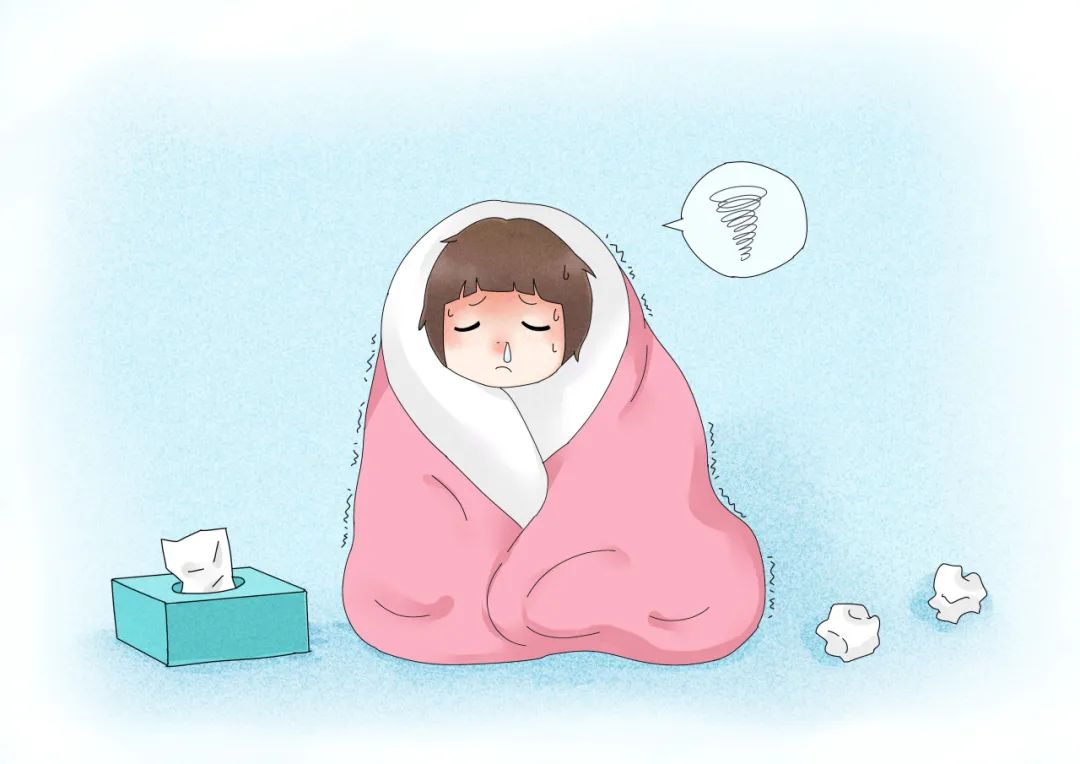
Low Immunity
During the pandemic, the movement of people decreased, and the incidence of various respiratory diseases was far below normal levels. The immune system rarely faced challenges, and existing antibodies almost completely metabolized away, appearing healthy but actually weak.
When we face various bacteria and viruses with such a body, we are naturally powerless (especially infants and young children). However, there is no need to be overly fearful; this is a good opportunity to “exercise” the body. With proper treatment, quality antibodies can be developed!
Improper Use of Medications
Not only children but adults also frequently experience colds, fevers, and coughs. Logically, after experiencing COVID-19, there should be a certain amount of antibodies in the body, but why are there still cases of reinfection with COVID-19, mycoplasma, and influenza?
The misuse of antibiotics, hormones, and heat-clearing detoxifying traditional Chinese medicines has led to this predicament. While they may sometimes provide immediate relief, the body’s constitution significantly declines after recovery, resulting in low antibody concentrations that are insufficient to combat other viral invasions.

2. Why are there recurrent fevers?
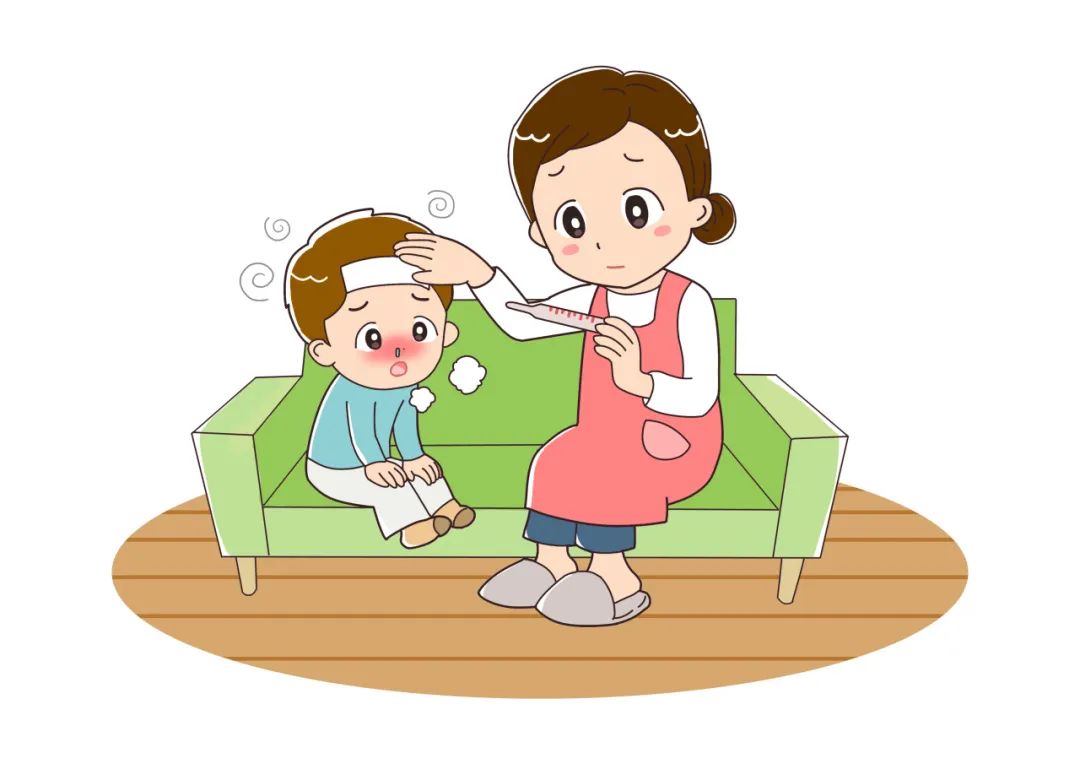
Recently, most patients with external pathogenic diseases exhibit characteristics of wind, cold, and dampness, while some individuals with a constitution of damp-heat may also show signs of internal heat.
In terms of medication, many mistakenly use heat-clearing and detoxifying drugs such as Lianhua Qingwen, Jinlian Qinggan, and Shuanghuanglian as the main treatment, not realizing that cooler, moistening medications are more suitable for diseases caused by heat and dryness (such as wind-heat colds).
Some believe that anti-inflammatory medications are effective as long as the fever subsides. While there is indeed some clinical effectiveness, we need to understand why the body develops a fever.
After infection by pathogenic factors, the body produces a large number of cells or substances to combat them, and during this struggle, the body will generate heat. Fever serves to expel pathogenic factors and is then eliminated through sweat.
Thus, the excessive use of cooling medications to suppress fever may reduce temperature but can easily lead to a rebound, and while eliminating external pathogenic factors, it may also destroy the body’s own disease resistance, leading to a subsequent resurgence.

3. How should medications be used for external pathogenic diseases?

In dealing with external pathogenic diseases, I always follow the different treatment methods established by Shi Lao (Shi Jinmo), such as the Three Clearings and Seven Resolutions, Four Clearings and Six Resolutions, and Five Clearings and Five Resolutions. The term “Clear” refers to clearing heat, draining fire, detoxifying, and promoting diuresis, while “Resolve” refers to dispersing cold and expelling wind.
External pathogenic diseases primarily focus on resolution, with clearing as a supplement
Excessive use of cold and cool medications can directly damage the middle yang
Recently, many children have developed coughs and fevers after exposure to cold, often presenting with fever without sweating, headaches, and loss of appetite, with a white greasy tongue coating, red tip, and red spots on the tongue surface. Therefore, the first choice is to use wind-dispersing and exterior-releasing medications, combined with heat-clearing and fire-draining medications.
The first choice is Ma Xing Shi Gan Decoction, which addresses both cold and heat, and can also use Xiao Chai Hu Decoction. For loss of appetite and constipation, Gui Zhi Decoction is also suitable.
For the currently complex external pathogenic diseases, it is not recommended to continuously use traditional Chinese medicines (which have small dosages and weak targeting).
At the onset of external pathogenic diseases, one can try
to determine if it is a wind-cold cough
and select Tong Xuan Li Fei (pills or oral liquid)
Su Huang Zhi Ke Capsules, Ma Xing Zhi Ke Syrup, etc.
If fever is initially determined to be caused by wind-cold
one can select Gan Mao Qing Re Granules, Xiao Chai Hu Granules
Wind-Cold Cold Granules, Shuang Feng Ting Capsules, etc.
It is important to note:
If symptoms do not improve after taking medication, seek medical attention promptly!

4. How to prevent external pathogenic diseases?
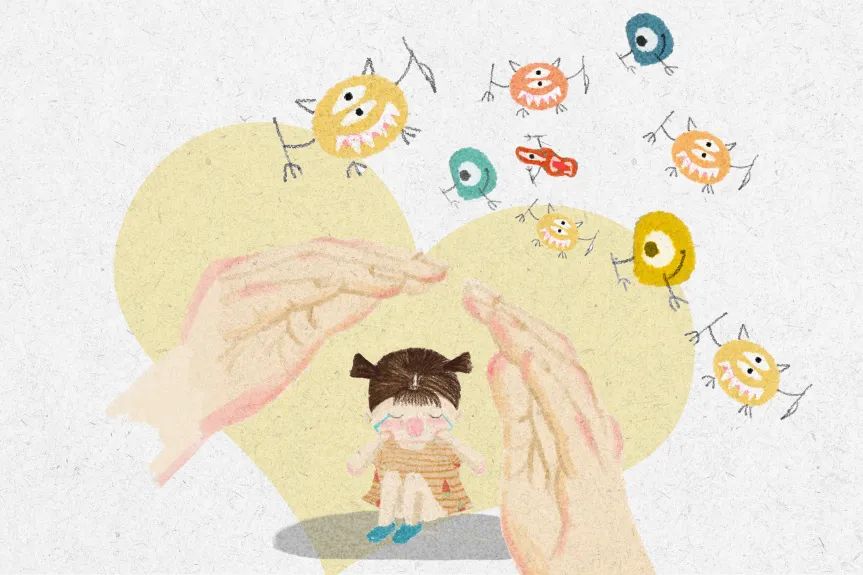
Regular Routine,Dietary Moderation
Balance Work and Rest,Prevent Cold and Keep Warm
Go to bed early and rise early or wake up at a suitable time to ensure adequate sleep. Proper and sufficient sleep allows the body to complete self-repair and face the new day’s challenges in a refreshed state. From a TCM perspective, staying up late depletes yin and blood, leading to internal heat.
We often say, “Without internal heat, external pathogens cannot invade.” Yin deficiency and internal heat can reduce the body’s disease resistance. When viruses infect the body, it cannot restrain their reproduction, leading to a viral outbreak and various discomfort symptoms appearing rapidly.
Excessive fatigue, exposure to wind and cold, and irregular diet can impair gastrointestinal function. If any one of these factors affects the body’s normal operation, it will provide an opportunity for viruses to invade.
Preventive Chinese Medicine
For those prone to shortness of breath and fatigue from external pathogens: Yu Ping Feng Granules;
For those prone to food accumulation, constipation, and fever: Bao He Wan;
For those who stay up late and have excessive liver fire, sore throat, and irritability: Jia Wei Xiao Yao Wan.

5. Are there side effects to using Chinese medicine?
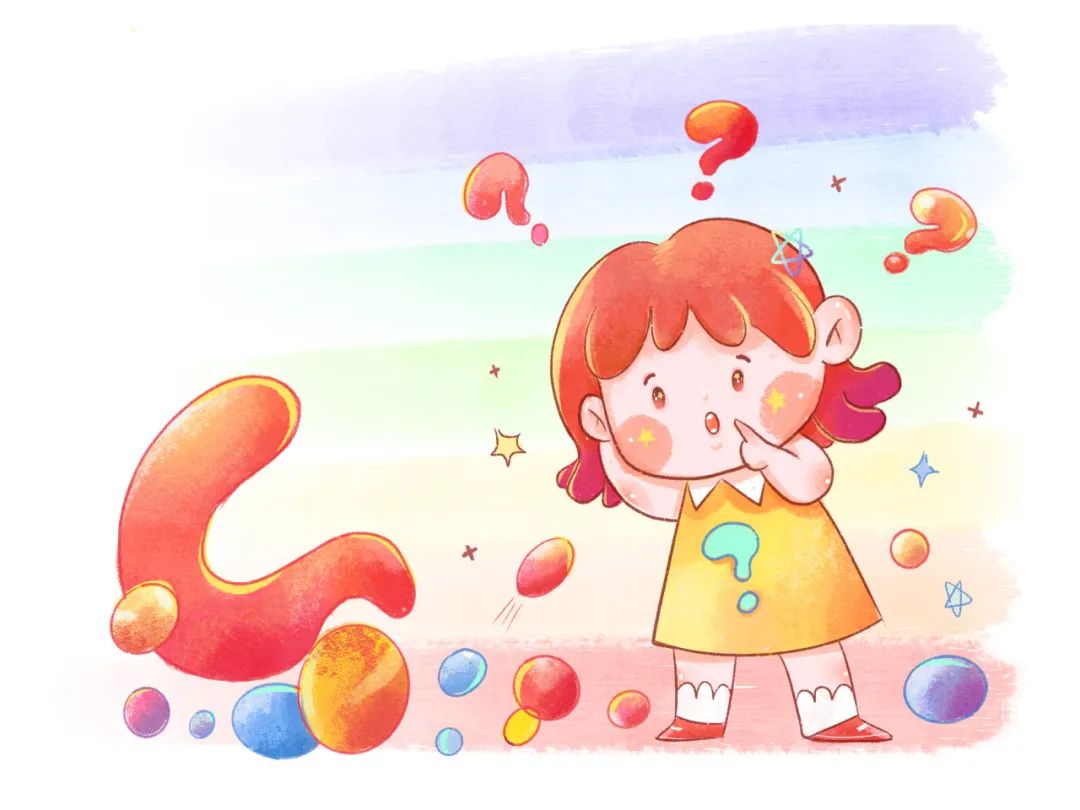
Many people believe that Chinese medicine reduces fever slowly, but in fact, there are numerous examples in outpatient clinics where a single dose of Chinese medicine can reduce fever and stop cough, and the chances of recurrent fever are also low.
Addressing external pathogenic diseases aims to eliminate pathogenic factors to achieve the goal of reducing fever, not simply to reduce fever for its own sake, as this can more easily lead to recurrent high fevers and cause unpredictable damage to liver and kidney function.
Chinese medicine utilizes the properties of cold, heat, warmth, and coolness to correct the body’s imbalances and restore health. When used correctly, Chinese medicine does not produce side effects.

Finally, it is emphasized
Children’s diseases change rapidly,and any discomfort should prompt timely medical attention
Do not rely solely on antipyreticsor self-administer physical cooling
It is recommended that families with children under ten prepare
Ling Yang Jiao Powder or Ling Yang Jiao Oral Liquid
Tong Ren Tang Zi Xue San, An Gong Niu Huang Wan
Consult a TCM physician for proper application
To prevent children from experiencing high fever convulsions
Copyright, reproduction without permission is prohibited

Doctor Introduction
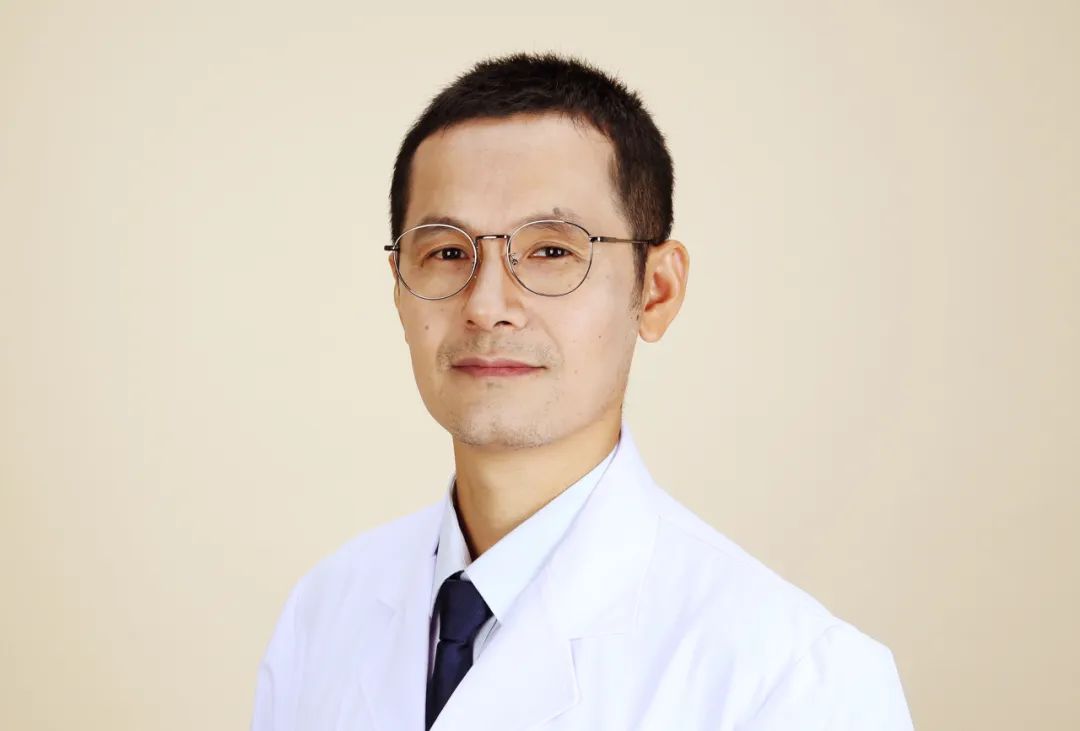
Zhao Jun, born into a family of traditional Chinese medicine practitioners, specializes in Chinese herbal medicine, having studied under his uncle, Mr. Zhu Zhaogang, and later formally joined the Shi School of Zhu. He advocates the academic viewpoint of the Shi School of Zhu, which emphasizes integrating traditional and Western medicine, adhering to ancient teachings without being rigid, selecting formulas based on evidence, and using medicines according to the formulas, particularly excelling in internal medicine, gynecology, and pediatrics, focusing on the treatment of diabetes, infertility, and hypertension.
Specializes in diagnosing and treating:
Digestive system diseases: stomach pain, bloating, loss of appetite, diarrhea, constipation, acid reflux, heartburn, hiccups, bad breath, etc.;
Respiratory system diseases: external pathogenic fever, cough, nasal congestion, sore throat, wheezing, etc.;
Gynecological diseases: irregular menstruation, leukorrhea, dysmenorrhea, melasma, ovarian cysts, uterine fibroids, breast hyperplasia, etc.;
Pediatric diseases: external pathogenic fever, cough, loss of appetite, hyperactivity, etc.
Consultation Schedule
Main Hospital: Thursday (all day)
Xiuyun Branch: Wednesday, Thursday (all day)
Saturday (afternoon)
Xingyuan Zhengxin: Friday (all day)
(Beijing) Medical Advertising [2023] No. 03-16-0573
